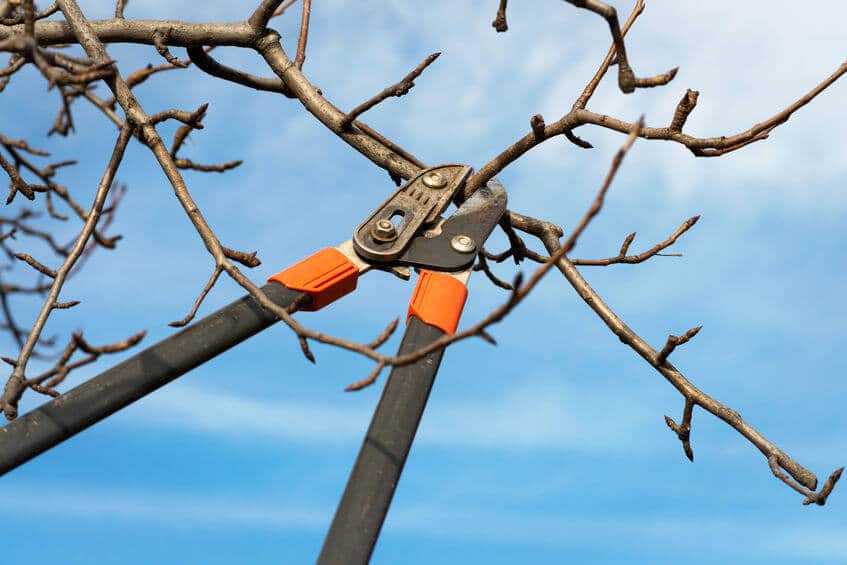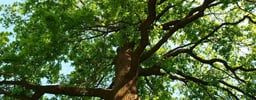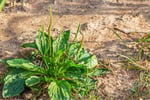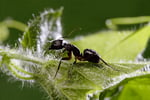Tree and shrub issues can be difficult to diagnose, but leaf inspections can provide some key indicators of fungal presence. Two of the most commonly observed early season leaf spot diseases caused by fungi are anthracnose (pronounced an-thrack-nose) and powdery mildew. Here are some identification and management tips for both.
Anthracnose
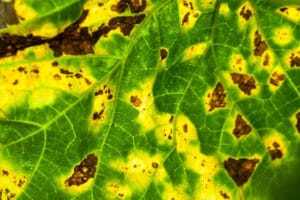
Anthracnose also known as leaf blight is a fungal disease of hardwood trees caused by several different but closely related fungal species. The fungi commonly cause disease in ash, birch, maple, oak and sycamore trees, to name a few. Symptoms can very depending on the plant host, so making sure the correct tree is identified is critical to implementing the correct management solution. During the colder months, anthracnose causing fungi over-winter in tree materials (fallen leaves, buds, twigs). When warmer conditions return in the spring, the fungi begin releasing reproductive spores which are dispersed by wind and rain. The spores come into contact with young uninfected leaves, establish, and begin spreading to other leaves through splashing water or wind. Tree leaves infected with anthracnose are mottled with dark spots or have a scorched appearance, but remember that symptoms vary depending on the host species.
Tree pruning may decrease the likelihood of continued infection but if a tree is experiencing defoliation on an annual basis, a fungicide application may be necessary. Fungicide applications for anthracnose are preventative and should be made before the rainy season begins or before symptoms begin to appear on trees.
Powdery Mildew
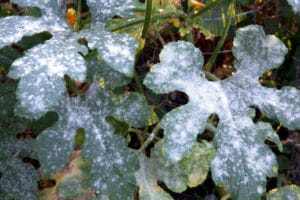 Powdery Mildew
Powdery Mildew
Similar to anthracnose, powdery mildew disease is caused by several closely related fungal species. Fungal spores are transported by wind but unlike anthracnose, the presence of water isn't necessary for infection to occur. Ambient temperatures fluctuating between 60°-80° F combined with high humidity provide optimal growing conditions for the disease. Powdery mildew symptoms include the presence of grayish-white powdery spots or a film present on the surface of a plant leaf, stem, or flower. Later stages of infection may cause leaf yellowing, leaf curling, or defoliation. However, some infected plants may not have a "powdery" appearance, so it is imperative to inspect the plant closely.
An infected plant should be removed as soon as possible to prevent further spread of the fungal spores but if multiple plants are affected, fungicides should be applied. Fungicides should be applied at the beginning of the season (right now) because control becomes more and more difficult as the disease progresses. Lastly, some aphid species are capable of spreading powdery mildew to uninfected plants. If aphids are the issue, insecticide and fungicide applications may also be necessary because the disease will continue to spread if one of the organisms is allowed to persist.
For tree care services call 877-944-4007


